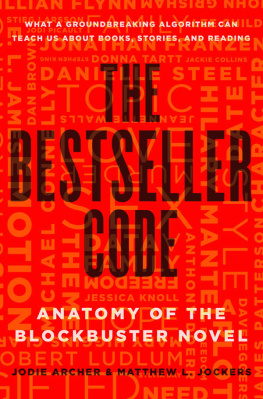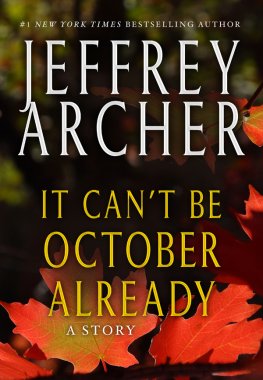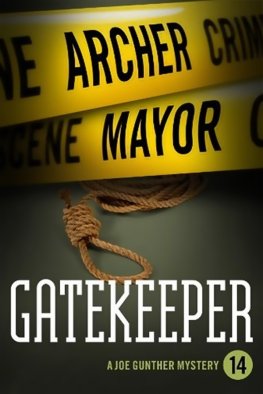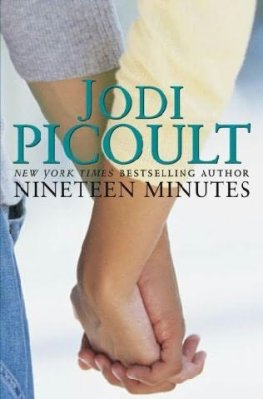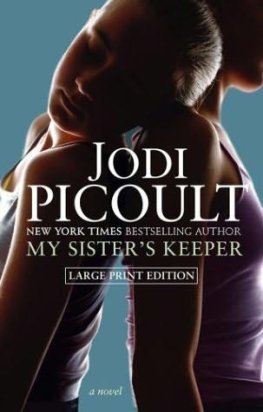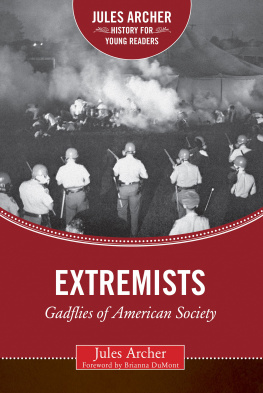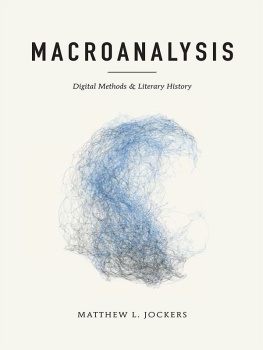Jodie Archer - The Bestseller Code: Anatomy of the Blockbuster Novel
Here you can read online Jodie Archer - The Bestseller Code: Anatomy of the Blockbuster Novel full text of the book (entire story) in english for free. Download pdf and epub, get meaning, cover and reviews about this ebook. year: 2016, publisher: St. Martin’s Press, genre: Art. Description of the work, (preface) as well as reviews are available. Best literature library LitArk.com created for fans of good reading and offers a wide selection of genres:
Romance novel
Science fiction
Adventure
Detective
Science
History
Home and family
Prose
Art
Politics
Computer
Non-fiction
Religion
Business
Children
Humor
Choose a favorite category and find really read worthwhile books. Enjoy immersion in the world of imagination, feel the emotions of the characters or learn something new for yourself, make an fascinating discovery.
- Book:The Bestseller Code: Anatomy of the Blockbuster Novel
- Author:
- Publisher:St. Martin’s Press
- Genre:
- Year:2016
- Rating:3 / 5
- Favourites:Add to favourites
- Your mark:
The Bestseller Code: Anatomy of the Blockbuster Novel: summary, description and annotation
We offer to read an annotation, description, summary or preface (depends on what the author of the book "The Bestseller Code: Anatomy of the Blockbuster Novel" wrote himself). If you haven't found the necessary information about the book — write in the comments, we will try to find it.
When a story captures the imagination of millions, thats magic. Can you qualify magic? Archer and Jockers just may have done so.Sylvia Day, New York Times bestselling author
Ask most book people about massive success in the world of fiction, and youll typically hear that its a game of hazy crystal balls. The sales figures of E. L. James or Dan Brown, theyll say, are freakishrandom occurrences in an unpredictable market. But what if there were an algorithm that could predict mega-bestsellers with stunning accuracy? What if it knew, just from reading an unpublished manuscript, not just that genre writers like John Grisham and Danielle Steel would sell in huge numbers, but also that authors such as Junot Diaz, Jodi Picoult, and Donna Tartt had signs of New York Times bestselling all over their pages?
Thanks to Jodie Archer and Matthew Jockers, the algorithm exists, the code has been cracked, and the results are stunning. Fine-tuned on over 20,000 contemporary novels, the system analyzes themes, plot, character, setting, and also the frequencies of tiny but amazingly significant markers of style. The bestseller-ometer then makes predictions, with fascinating detail, about which specific combinations of these features will resonate with readers. Somehow, in all genres, it is right over eighty percent of the time.
This book explains groundbreaking text mining research in accessible terms, but its real story is in what the algorithm reveals about reading and writing and how successful authorship works. It offers a new theory on the success of Fifty Shades of Grey. It explains why Gone Girl sold millions of copies. It reveals the most important theme in bestselling fiction and which topics just wont sell. And then theres The One, the single most paradigmatic bestseller of the past thirty years that a computer picked from among thousands. The result is surprising, a bit ironic, and delightfully unorthodox.
The project will be compelling and provocative for all book lovers and writers. It is an investigation into our intellectual and emotional responses to stories, as well as a big idea book about the relationship between creativity and technology. It turns conventional wisdom about book publishing on its head. The Bestseller Code will appeal to fiction lovers, data nerds, and those people who have enjoyed books by Malcolm Gladwell and Nassim Taleb.
Jodie Archer: author's other books
Who wrote The Bestseller Code: Anatomy of the Blockbuster Novel? Find out the surname, the name of the author of the book and a list of all author's works by series.

